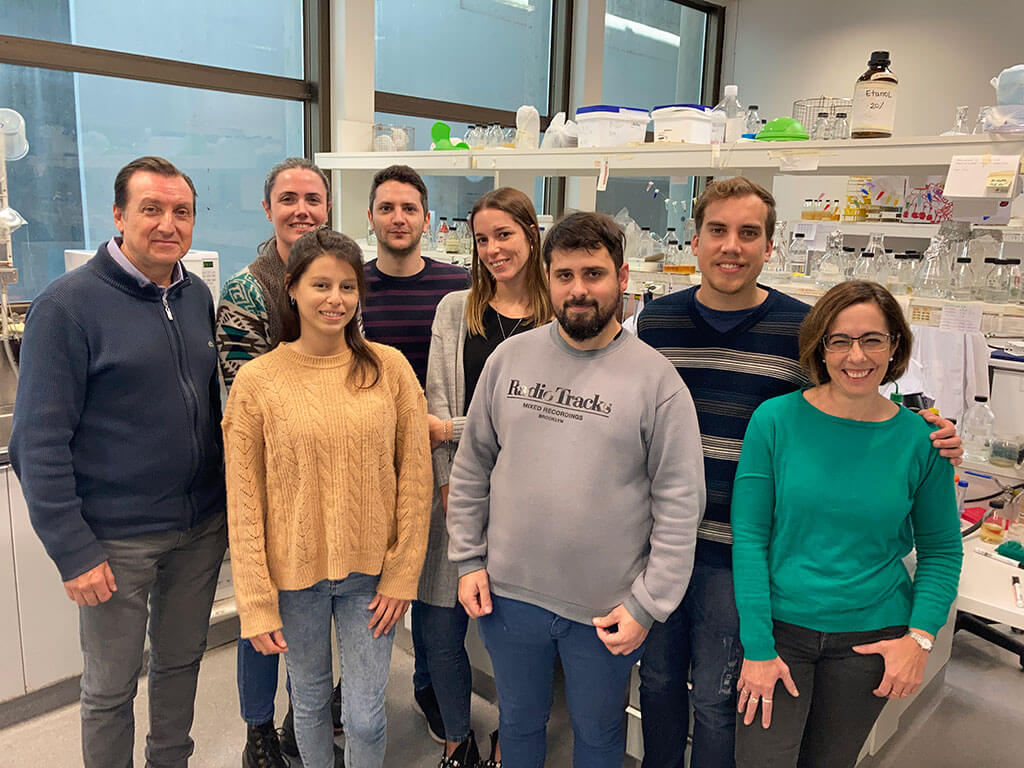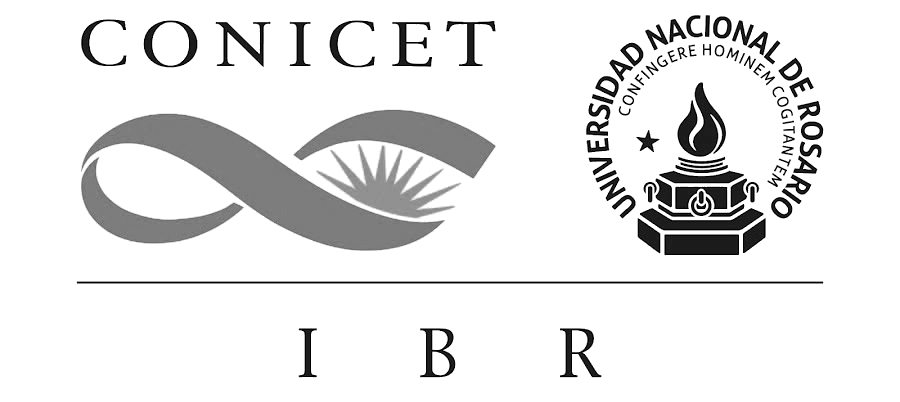research groups
Signal Transduction in Pathogenic Bacteria
summary

RESEARCH LINES
1.
The control of the transition between motile life and the establishment of sessile, communal life is essential for bacterial survival in the environment, and for the establishment of numerous infections. We have identified new Salmonella-specific regulators linked to this transition and detected that at least one of them is required for its virulence. We are currently evaluating their specific function, and their interaction with other regulators that modulate this transition. In addition to establish how these factors modify the structure of the biofilm, we are investigating the signal(s) to which they respond, and their regulatory targets. This will allow us to elucidate the role of each of these regulators in the decision between planktonic and sessile life. The results of these studies will allow us to understand strategies developed by Salmonella to adapt to changes in the environment that occur fundamentally during infection (see Figure 1). In addition, they will allow to understand the mechanisms by which a microbe can reprogram its way of life, altering its gene expression in response to environmental as well as intracellular signals. Our findings are expected to provide insight into the modulation of biofilm formation in different bacterial species, in addition to generating tools of potential technological utility in the design of new antimicrobial agents.
2.
Copper is an essential although highly toxic metal. Our group is focused on the characterization of the copper-recognition systems that control the expression of factors involved in the control of metal homeostasis in Salmonella. Extensive evidence indicates that these systems are relevant for the virulence of intracellular pathogens such as Mycobacterium tuberculosis and Salmonella enterica. Among these systems, we focus particularly on the characterization of transcriptional regulators such as CueR, GolS and CpxR/CpxA, and the factors controlled by these regulators that provide resistance to the metal or mitigate the damage caused by it (see Figure 2). We are currently carrying out the functional and structural analysis of Salmonella-specific factors controlled by these regulators that are located in the bacterial envelope, such as the periplasmic copper-binding protein, CueP, and the complex of thiol-oxidoreductases and accessory proteins, ScsABCD, that confer resistance to copper and redox stress. In addition, we are actively working on the identification of new envelope factors linked to this pathogen’s Cu homeostasis. We aim to identify new therapeutic targets for the treatment and/or control of Salmonella infections in both humans and animals of commercial importance.
3.
Whole bacterial biosensors are genetically-modified microorganisms that couple the detection of a given compound to the production of a quantifiable signal. In addition to their low cost and its technical simplicity, they report the bioavailable fraction of the metal, and therefore they are especially useful for evaluating environmental risk and water quality. We have previously developed the first fluorescent bacterial biosensor for the specific detection of gold, and also a mercury-selective biosensor as well as others that detect a wide spectrum of harmful metals to humans and to the ecosystem (see Figure 2). Aiming to generating new tools for the specific detection of other toxic metals, we are modifying the central component of our designed biodetection platform, the GolS sensor/regulator, and the bacterial chassis for the simultaneous bio-removal of these contaminants. Also, we are applying immobilization and preservation strategies of the bioreporting bacteria to enable the development of instruments or devices for in-field detection of these toxics. In parallel, we are characterizing variants of GolS and of its structural and functional analog, CueR, to understand the molecular bases of their interaction with different metal ions and how the input signal is transmitted to modulate the expression of their target genes. This knowledge will contribute to benefit the environment as well as to health care.

